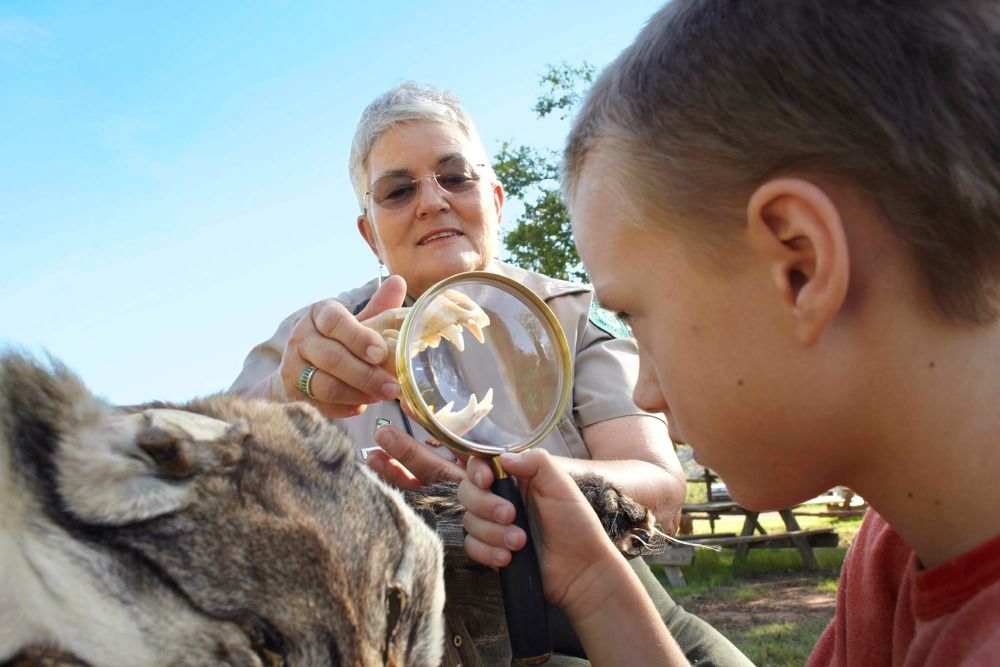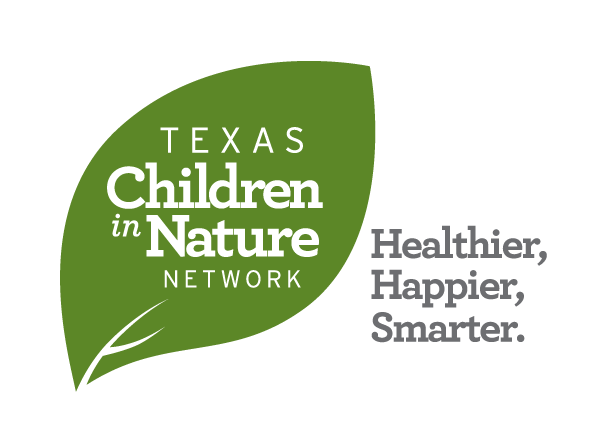
Are Good Problem-solvers
Did you know a simple game of hide-and-go-seek can help develop problem-solving skills? Playing a game like this in the outdoors allows children to make observations, look for patterns and listen to discover where their friends and family might be hiding. Nature presents challenges for children; letting kids use their own ideas to solve them. Such challenges can also inspire cooperation — kids may try solving those problems with other kids before engaging their parents, teachers or play leaders.
Time spent outdoors supports many aspects of children’s health.
The Affordances of Natural Play Spaces Can Support the Development of Executive Function Skills in Preschool Children
Playscapes are intentionally designed, dynamic, vegetation-rich, play environments that nurture young children's affinity for nature. We investigated how the affordances of a nature playscape provide opportunities to strengthen children's executive function by identifying examples of goal-directed and focused problem-solving within children's free play in this setting. Through video-based fieldwork, drawing on the extant literature, and application of indicators within existing assessments for executive function in nature preschools, we found that playscapes can be executive function-enhancing environments, as children are likely to set their own goals, problem-solve, self-regulate, focus attention, and demonstrate cognitive flexibility while playing in these settings. Future directions call for follow-up evaluation studies to more robustly substantiate initial findings.
- Carr, Victoria, Rhonda Douglas Brown, Sue Schlembach, and Leslie Kochanowski. 2017. “Nature by Design: Playscape Affordances Support the Use of Executive Function in Preschoolers.” Children, Youth and Environments 27 (2): 25–46.
Nature-based Risky Play Can Promote Young Children’s Development
This study investigated the effects of an intervention designed to increase opportunities for young children to engage in nature-based risky play. Risky play, which offers children the thrill of uncertainty, is positively associated with physical activity, social health, and exploration and understanding of the world. A decrease in opportunities for risky play is of concern.
The study examined the effects of an intervention to increase opportunities for nature and risky play in the outdoor play environments of two childcare centres using a repeated measures mixed methods design. Assessments of children and their outdoor playspace were conducted before and after changes were made to each center’s outdoor environment. The study used the Seven Cs play space design criteria, adding natural materials to enhance affordances for play. It measured changes in play, social behaviour, psychological wellbeing, and physical activity in 45 children aged 2 to 5.
Findings indicated significant decreases in depressed affect, antisocial behaviour and moderate to vigorous physical activity, and increases in play with natural materials, independent play, and prosocial behaviours. Early Childhood Educators observed improved socialization, problem-solving, focus, self-regulation, creativity and self-confidence, and reduced stress, boredom and injury. Outdoor play spaces are important for promoting children's wellbeing and development.
- Brussoni, Mariana, Takuro Ishikawa, Sara Brunelle, and Susan Herrington. 2017. “Landscapes for Play: Effects of an Intervention to Promote Nature-Based Risky Play in Early Childhood Centres.” Journal of Environmental Psychology 54 (December): 139–50. https://doi.org/10.1016/j.jenvp.2017.11.001.
Nature Playscapes Encourage Creativity, Problem-solving and Self-determination
The major purpose of this study was to examine how child-directed play within a deliberately designed natural playscape fosters the development of self-determination and its associated attributes within young children. The study observed 65 pre-school children ranging in ages from three to five years from two separate Head-start and tuition-based programs near Cincinnati, Ohio.
The authors employed a qualitative, grounded theory approach to data analysis informed by the Foundations for Self-Determination Model (Palmer et al. 2012). Part of a larger study that included curriculum assessment, behavior mapping and teacher focus groups along with audio/visual observation and analysis, this particular study employed only the data collected from the collection and analysis of the observational videos. Each school participated in three one-hour play sessions for a total of six hours of observation.
While this article focuses primarily on the role a naturalized playscape takes in the development of a child’s self-determination, the concept of self-determination is associated with other important developmental outcomes including a child’s sense of confidence and positive self-esteem. The authors elaborate on this point as they conclude that intentionally-designed nature play grounds “encourage choice-making, problem-solving, self-regulation and engagement” (p.163).
- Kochanowski, Leslie, and Victoria Carr. 2014. “Nature Playscapes as Contexts for Fostering Self-Determination.” Children, Youth and Environments 24 (2): 146–67. https://doi.org/10.7721/chilyoutenvi.24.2.0146.
National Wildlife Federation Survey
While playing and learning outside may be more difficult to fit in a busy schedule, teachers need to think twice about saying, “Stop staring out the window and pay attention.” According to a March, 2010 survey by NWF of nearly 2,000 educators, 78 percent feel students who spend regular time in unstructured outdoor play are better able to concentrate, and 75 percent feel students who spend regular time outdoors are more creative and better problem solvers. Studies confirm access to nature in an educational setting has a positive impact on student focus and learning by improving attentiveness, test scores and performance.
Direct Experience in Nature Is Critical and Diminishing
Nature is important to children’s development in every major way-intellectually, emotionally, socially, spiritually, and physically. In his newest book, Building for Life: Designing and Understanding the Human-Nature Connection (Island Press, 2005), Dr. Stephen R. Kellert of Yale University devotes a chapter to the subject of "Nature and Childhood Development." Combining his original research with well-documented references to the research of others, this chapter is a powerful synthesis of what we know, and what we do not know, about the importance of nature to children’s healthy development. Kellert states, "Play in nature, particularly during the critical period of middle childhood, appears to be an especially important time for developing the capacities for creativity, problem-solving, and emotional and intellectual development." He includes research to indicate optimal learning opportunities at age-appropriate times and differentiates between indirect, vicarious, and direct experiences with nature — with the latter less and less available to children. He urges designers, developers, educators, political leaders and citizens throughout society to make changes in our modern built environments to provide children with positive contact with nature-where children live, play, and learn. (Original Research and Synthesis)
- Kellert, Stephen R. "Nature and Childhood Development." In Building for Life: Designing and Understanding the Human-Nature Connection. Washington, D.C.: Island Press, 2005.
